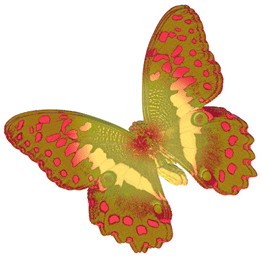Volume 24 · Number 4 · Summer 2007
The Campus Comes of Age

More than the students were touched by the social revolution at UC Davis in the late 1960s and ’70s. The campus itself went through an identity change — growing bigger, broader and more urban.
Newspapers and magazines began taking note of the campus’s rapid growth and transformation. “Cow College Conversion” was the title of a 1963 Time article, followed by a series of articles in other publications including “Cow College Goes Urban” in the Oakland Tribune in February 1966, “The University Farm Comes Of Age” in the Sacramento Union in April 1967 and “From Pigs To Cyclotrons” in the combined Sunday San Francisco Examiner and Chronicle, July 1967.
By 1967, nearly three-quarters of the undergraduates were in the College of Letters and Science. Enrollment in the new College of Engineering was growing. The College of Agriculture became the College of Agricultural and Environmental Sciences. The law school opened, followed the next fall by the medical school.
Within a few years, the campus also began offering undergraduate programs in African American and African, Asian American, Chicana/Chicano and Native American studies — in large part because of student demand.
Isao Fujimoto, a senior lecturer emeritus who joined the faculty in 1967 and helped start Asian American studies and the Department of Human and Community Development, attributed many of the changes in UC Davis’ academic focus to the environmental and civil rights movements, as well as to campus and community growth. While UC Davis seemed relatively peaceful from the outside, he said, “On the inside, there were a lot of questions and turmoil.”
As a result of that struggle, the campus has been more diverse — in the ethnic makeup of its students and faculty and its teaching and research, he said. “We’ve come a long way since then. The campus has become much more open.”
